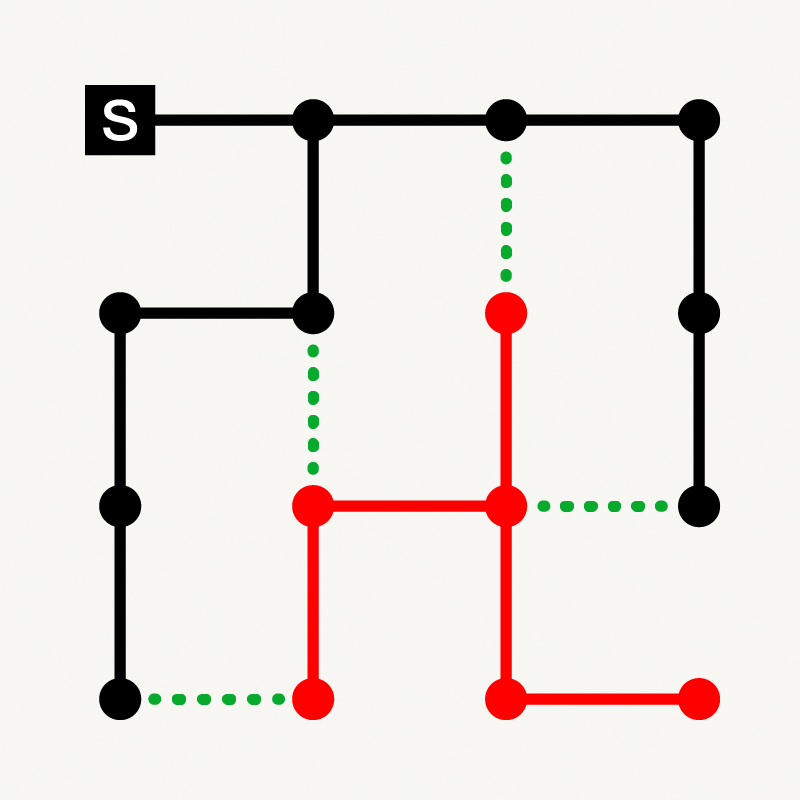Self-healing networks: redundancy and structure
The interplay between redundancies and smart reconfiguration protocols can improve the resilience of networked infrastructures to failures.
W. Quattrociocchi, G. Caldarelli, A. Scala
















We introduce the concept of self-healing in the field of complex networks. Obvious applications range from infrastructural to technological networks. By exploiting the presence of redundant links in recovering the connectivity of the system, we introduce self-healing capabilities through the application of distributed communication protocols granting the "smartness" of the system. We analyze the interplay between redundancies and smart reconfiguration protocols in improving the resilience of networked infrastructures to multiple failures; in particular, we measure the fraction of nodes still served for increasing levels of network damages. We study the effects of different connectivity patterns (planar square-grids, small-world, scale-free networks) on the healing performances. The study of small-world topologies shows us that the introduction of some long-range connections in the planar grids greatly enhances the resilience to multiple failures giving results comparable to the most resilient (but less realistic) scale-free structures.